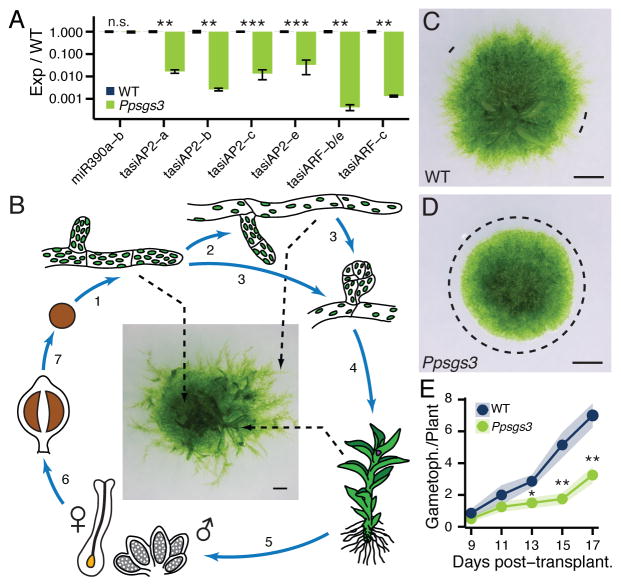Figure 1. Ppsgs3 mutants defective in tasiRNA biogenesis exhibit defects in gametophyte development.
(A) Levels (mean ± SE, n ≥3) of miR390 and TAS3-derived tasiRNAs in Ppsgs3 normalized to wild type; **P < 0.01, ***P < 0.001, Student’s t test. (B) Overview of the moss life cycle. 1) A germinating haploid spore gives rise to chloronemal filaments that by tip growth and branching form a dense network. 2) After ~2 weeks, random tip cells differentiate to form long caulonemal filaments. 3) Both filaments also form modified side branches, 4) which grow into leafy gametophores. 5) These carry the sexual organs, and 6) upon fertilization the diploid sporophyte that 7) produces new spores via meiosis. (C–D) Caulonema occurrence on 15 day-old wild type (C) and Ppsgs3 (D) plants. Dotted lines, areas at the protonemal edge lacking caulonema. Scalebar, 1mm. (E) Gametophore numbers (mean ± SE, n ≥10) in Ppsgs3 compared to wild type. *P < 0.05, **P < 0.01, Student’s t test. See also Figures S1 and S2.

